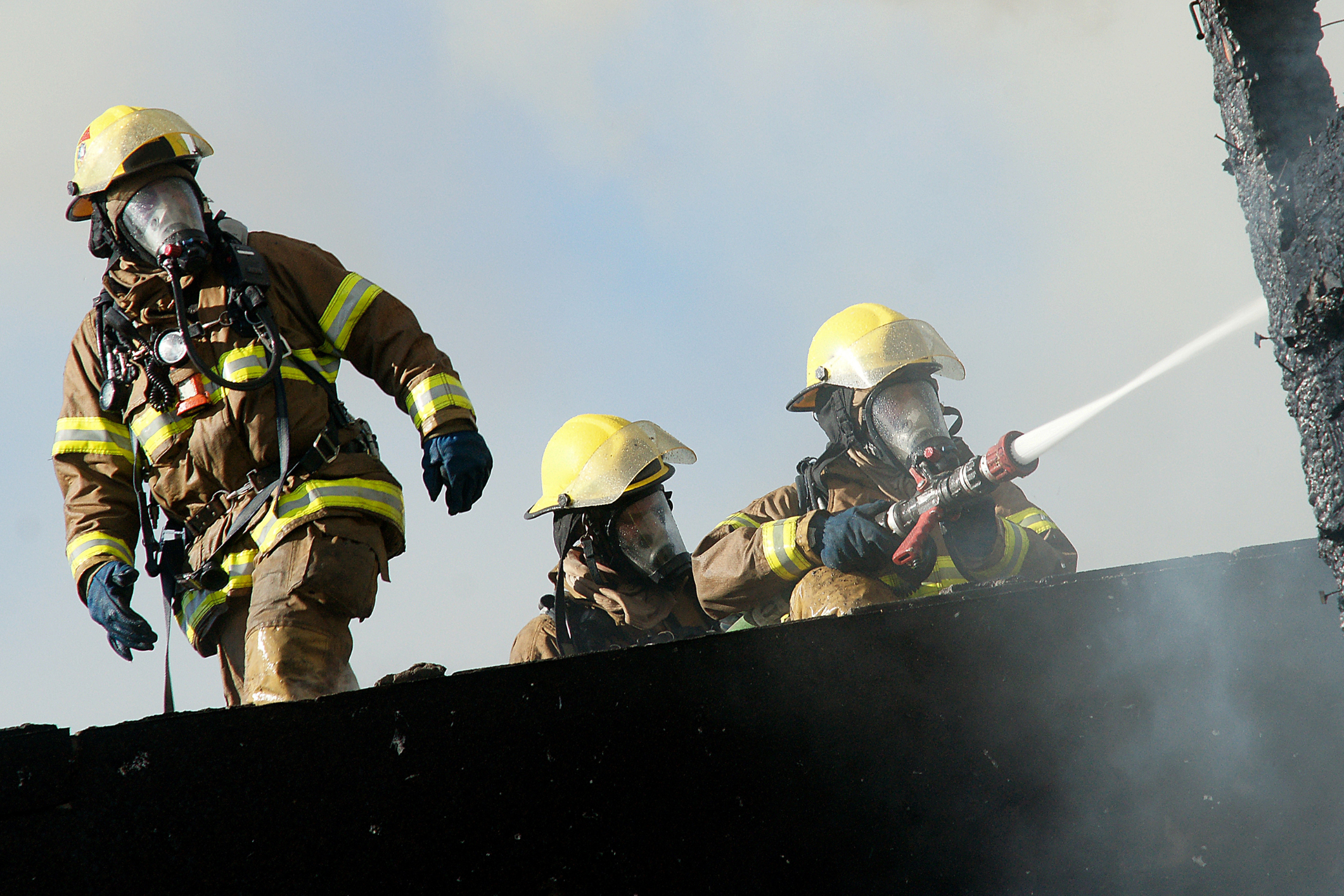By Heather O’Donnell
Have you ever stopped to think about the hidden health and environmental hazards lurking in everyday products, such as non-stick pans, clothing, fast food wrappers, and microwave popcorn bags? Our society has been so focused on consumerism and industrialization that we have completely disregarded the harmful effects of our behaviors on our health and the environment. Perfluoroalkyl and polyfluoroalkyl substances (PFAS) are a group of human-made chemicals that are ideal to use in consumer and commercial products due to their ability to fight off stains, grease, water, oil, and fire.[1] PFAS chemicals do not break down in the environment because they have strong chemical bonds between carbon and fluorine atoms. As a result, they will remain in the environment forever, hence their other name: “forever chemicals.” PFAS chemicals can be found in water, air, and soil, and build up rapidly in the bloodstream. Almost 99% of Americans have PFAS chemicals in their blood without even knowing it.[2] PFAS chemical contamination endangers our health and therefore must receive more public attention.
Industrial sites release PFAS chemicals into the water or air, and PFAS chemicals leak from disposal sites into groundwater.[3] People can become exposed to PFAS chemicals by using products that have PFAS chemicals, or by consuming PFAS-contaminated water and food.[4] PFAS chemicals are hazardous to human health because they stay in the human body for a long time. They can cause low birth weight, weight gain in children and adults, increased cholesterol levels, infertility, high blood pressure during pregnancy, heart attacks, hormonal issues, and weakened immune response to vaccinations. PFAS chemicals also increase the risk of testicular, kidney, liver, breast, and pancreatic cancer.[5]
While PFAS pollution is a major public health issue that affects the entire population, novel research shows that it disproportionately affects volunteer firefighters. In fact, researchers at the Rutgers School of Public Health and the Environmental and Occupational Health Sciences Institute found that volunteer firefighters, who make up over 65% of the fire service, have higher blood levels of PFAS chemicals compared to the general population. In this study, the researchers asked 135 volunteer firefighters in New Jersey about their lifestyle, and compared their blood levels of nine PFAS chemicals against the blood levels recorded in the general population. Blood tests revealed that volunteer firefighters have greater amounts of two PFAS chemicals: perfluorododecanoic acid (PFDoA) and perfluorodecanoic acid (PFDA). The Rutgers researchers ultimately discovered that volunteer firefighters have a higher risk of being exposed to PFAS because they encounter burning materials that release harmful particles. Moreover, they wear protective gear and fire suppression clothes that are made of PFAS chemicals, which can linger on their gear and skin. The protective clothes firefighters wear were designed forty years ago, and people believed they were safe—they did not know about the dangers of exposure to PFAS chemicals. This study could thus explain why volunteer firefighters have higher rates of heart attacks and cancer compared to the general population.[6]
PFAS chemicals are harmful to human health and the environment, and it is therefore important that you become proactive in reducing your exposure to PFAS chemicals. Some ways you can protect yourself and your loved ones from the dangers of PFAS chemicals are by checking local fish advisories before eating fish or seafood, avoiding using non-stick cookware and stain-resistance treatments, and utilizing a water filtration system.[7] You can also check product labels for ingredients that include “perfluoro” or “fluoro,” exercise caution when handling packaging for foods that have grease-repellent coatings, and wear clothes and sports gear that do not contain PFAS chemicals.[8] Since PFAS chemicals are invisible to the naked eye, it is time that we view them through a microscopic lens for the everlasting hazard they are. We must take immediate action to protect ourselves from them, or else they will continue to sneakily wreak havoc on our health forever.
Heather O’Donnell is a recent graduate of the Bloustein School of Planning and Public Policy, having earned a bachelor of science degree in Public Health. This article was previously published in the spring 2023 issue of The Examiner, the Rutgers Pre-Health Journal.
References:
[1] PFAS Health Effects & Ways to Reduce Exposure. (2022). Public Health Madison & Dane County. Retrieved from https://publichealthmdc.com/environmental-health/environmental-hazards/pfas/pfas-health-effects-ways-to-reduce-exposure
[2] Grossman, A., & Dennings, K. (2022). The Influence of Environmental Toxicity, Inequity and Capitalism on Reproductive Health. Retrieved from https://www.biologicaldiversity.org/programs/population_and_sustainability/pdfs/environmental_reproductive_health_report.pdf
[3] Sneed, A. (2021). Forever Chemicals Are Widespread in U.S. Drinking Water. Scientific American. Retrieved from https://www.scientificamerican.com/article/forever-chemicals-are-widespread-in-u-s-drinking-water/
[4] Per- and Polyfluorinated Substances (PFAS) Factsheet. (2022). Centers for Disease Control and Prevention National Biomonitoring Program. Retrieved from https://www.cdc.gov/biomonitoring/PFAS_FactSheet.html
[5] What are PFAS chemicals?. (2020). Environmental Working Group. Retrieved from https://www.ewg.org/what-are-pfas-chemicals
[6] Graber, J. M., Black, T. M., Shah, N. N., Caban-Martinez, A. J., Lu, S., Brancard, T., Yu, C. H., Turyk, M. E., Black, K., Steinberg, M. B., Fan, Z., & Burgess, J. L. (2021). Prevalence and Predictors of Per- and Polyfluoroalkyl Substances (PFAS) Serum Levels among Members of a Suburban US Volunteer Fire Department. International Journal of Environmental Research and Public Health, 18(7), 3730. https://doi.org/10.3390/ijerph18073730
[7] Zajac, L. (2022). PFAS: Limiting Children’s Exposure to “Forever Chemicals.” American Academy of Pediatrics Council on Environmental Health and Climate Change. Retrieved from https://www.healthychildren.org/English/safety-prevention/all-around/Pages/Limiting-Childrens-Exposure-to-Forever-Chemicals.aspx
[8] 10 Things You Can Do About Toxic PFAS Chemicals. (2022). Clean Water Action. Retrieved from https://www.cleanwateraction.org/features/10-things-you-can-do-about-toxic-pfas-chemicals

